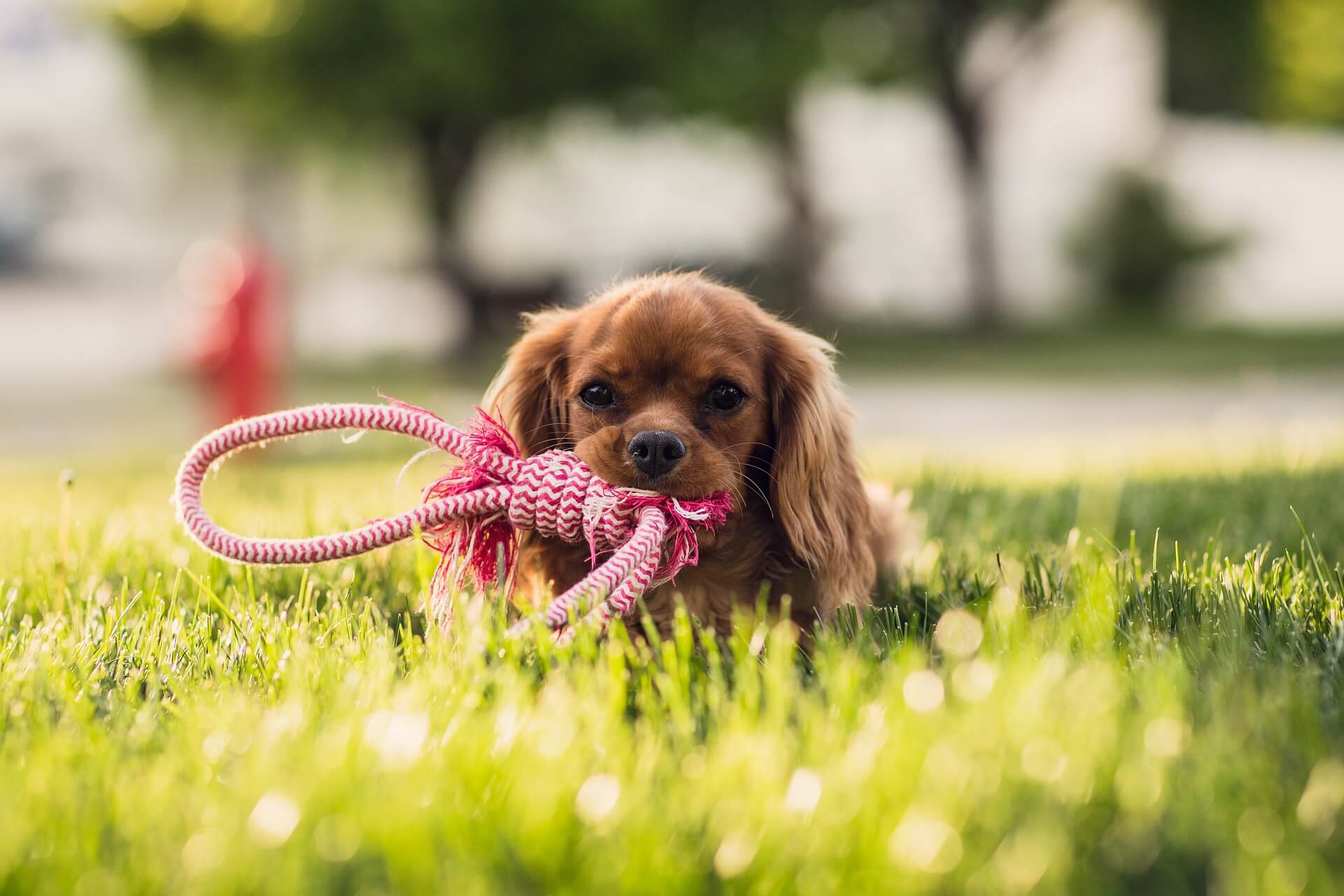
How to Keep Your Pet Safe and Sound During Yard Work
Performing the routine lawn maintenance check up at the beginning and the end of every season with a pet in your yard can be just as rough for your furry friend as much as for you. The very thought of preparing your grass for the upcoming season on a casual Sunday morning may be a thrilling activity you’ve been looking forward to for some time, but have you considered how will you keep your pet off eating weeds that may contain chemical products, as well as away from all your equipment?
While for some difficult tasks like fertilizing keeping your pet at home is inevitable, this is not a permanent solution, especially if your pet is big and not a fan of indoors life. So the obvious solution is to take some precautions in your yard and ensure that is safe and healthy for your pet. And in case you think it’s the fear in you making you look for ways to save your pet’s life, you should know that two out of the ten culprits in accidental poisonings are found in the garden, just where your pets are supposed to live. Here’s how you can protect your pet while doing yard work in 5 easy steps.
Prepare Your Yard
Before you hire a professional grass cutting service provider to mow your lawn and let your pet off leash, it is of utmost importance to thoroughly inspect your property. Remove any sticks, pebbles, sharp objects and other objects that may hurt your pet during his/her tireless runs around the garden. These sort of objects can also become projectiles once the mowing begins and injure your pet. Also, make sure there are none of your pet’s toys in your lawn so that the lawnmower can do the job flawlessly.
Turn All Equipment Off
When not in use, all the running equipment in your backyard is doing nothing beneficial but wasting electricity and threatening your pet’s life. It is a serious threat for your pet, especially if it’s off leash. Equipment such as lawnmower, weed-eater or bulldozer can easily injure your pet should your pet perceive the equipment as new toys. Also, keep in mind to never take your pet on a ride on a piece of equipment with you. They may be skilled at keeping their 4 legs firm on the mower, but a small bump could do more harm than you can think of.
Use Pet-Friendly Mulch
As every pet likes to sniff and dig around, it is very important to use mulch that cannot do any harm to them when consumed. Pets are attracted by strong odors, so they’re very likely to put their nose in the new mulch as soon as you add it. Mulches that contain cocoa or caffeine are particularly attractive to them, both ingredients that can be lethal for dogs and cats. Therefore, you must look for pet-friendly mulch and let them sniff as much as they want. All you have to do is read the label when in store – it must be included.
Don’t Over-fertilize
This is one of the most common mistakes that many rookie-gardeners make. Besides being bad for your lawn and your environment, fertilizing more than 3 times a year can be harmful to your pet too. As with anything else they find in your garden, pets have a tendency to eat fertilizers, especially organic types. However, the chances of ingesting these toxic compounds are not on their side. When shopping for fertilizers, it would be great if you go for pet-safe fertilizers. Even fertilizers with only a small percentage of toxins are a threat for your pet.
Make Sure Potentially-Dangerous Materials are Kept Away
Paint, gas, pesticides, fertilizers, herbicides and other chemicals you have need to be kept away from the reach of your pet. Curiosity always gets the best of the pets and they cannot help it but sniff, chew and play with everything within reach. If there are some of these materials out in the open, it’s a sure thing that your pet will find it and consume it.
If you truly consider your pet to be a part of your family, these 5 steps should be a part of your regular yard maintenance check up. Before starting any sort of yard work, ensuring that your 4-legged companion is in a safe environment is your first step.
